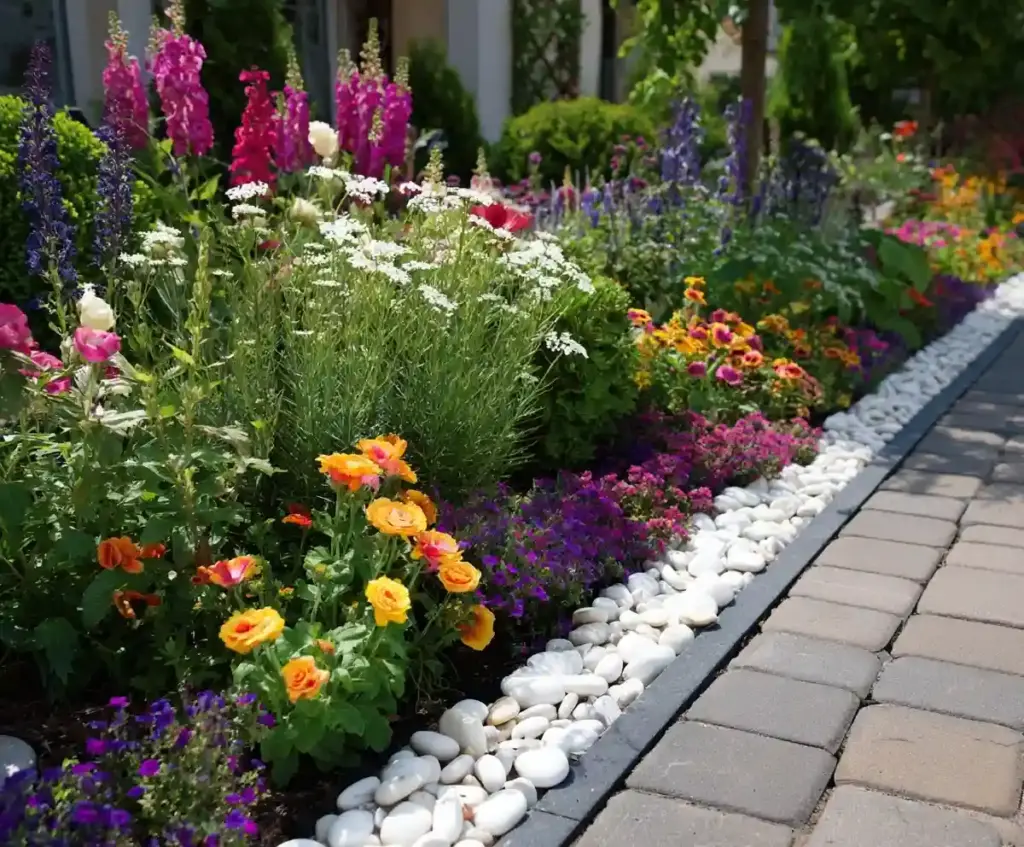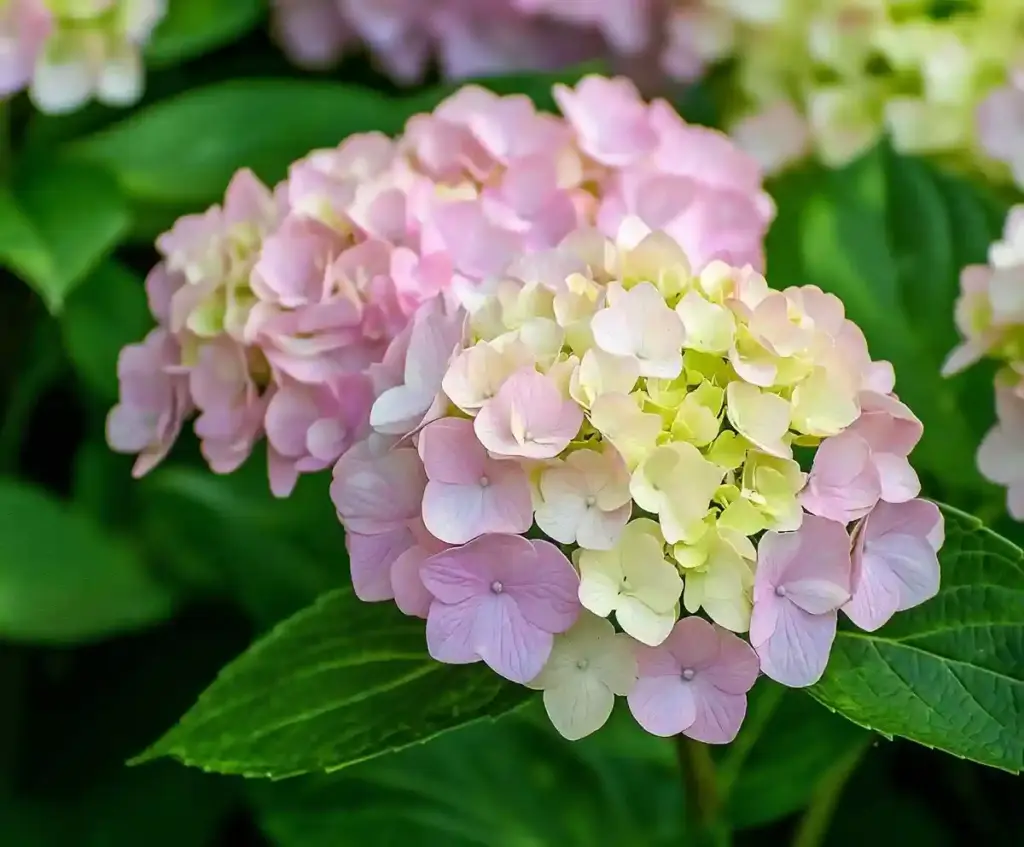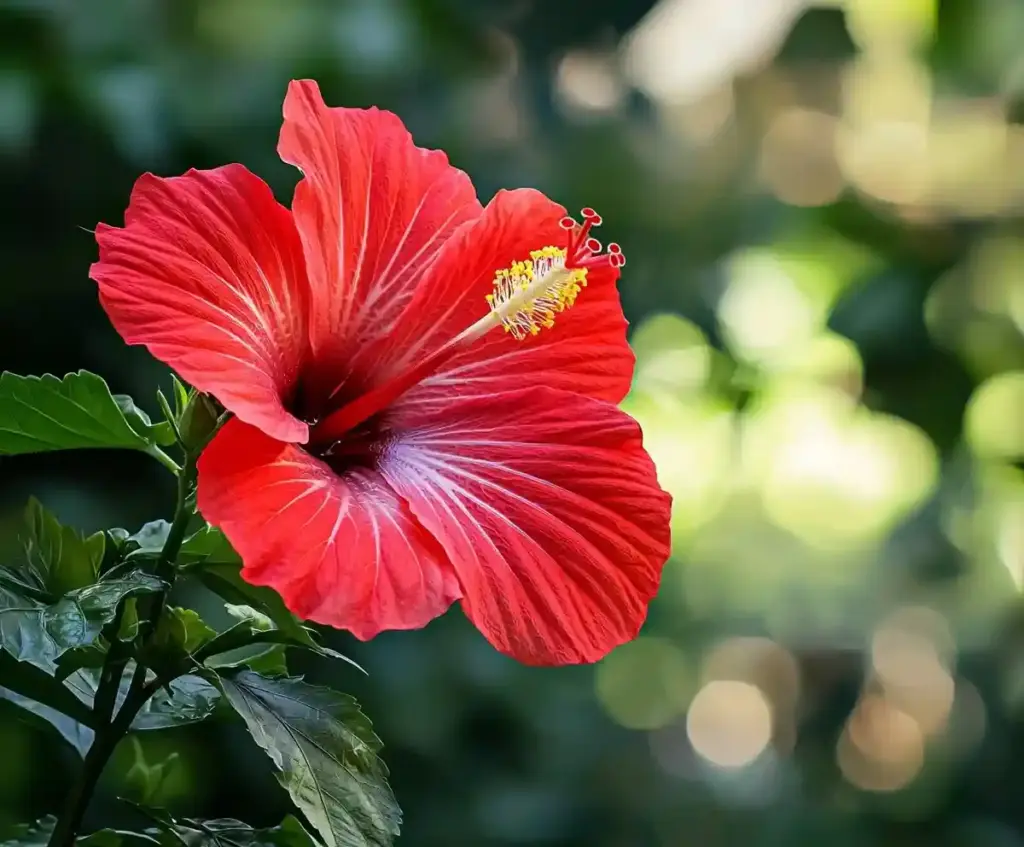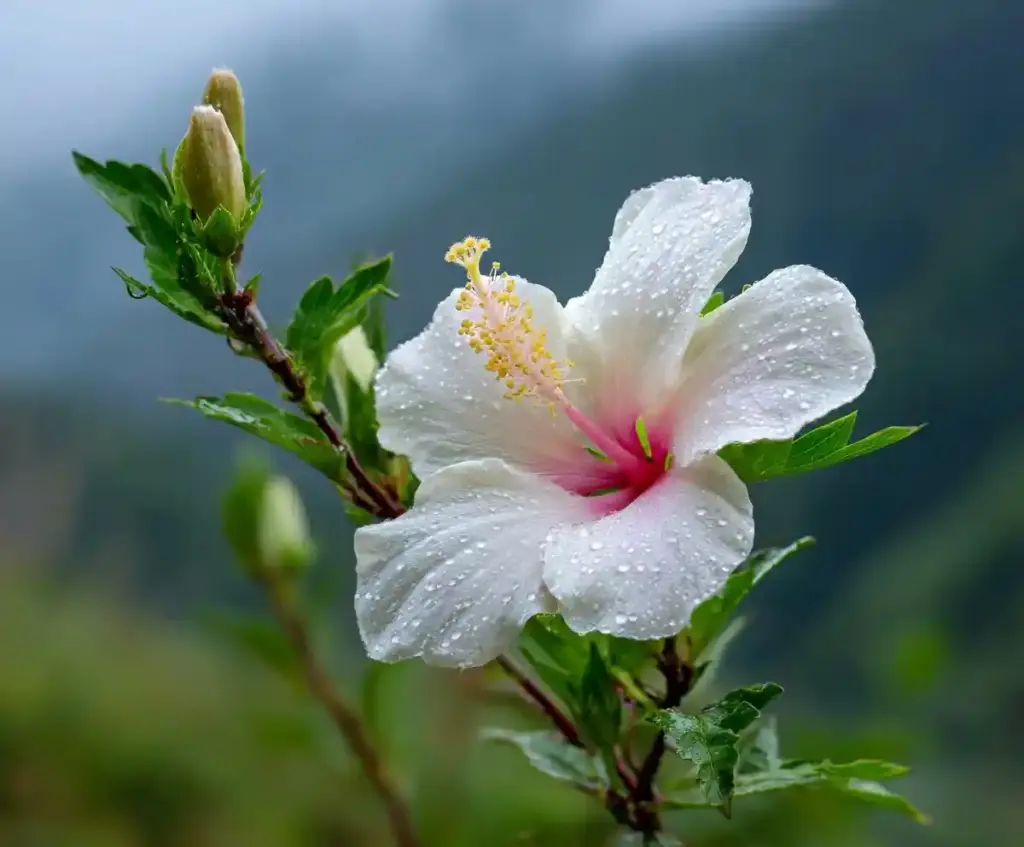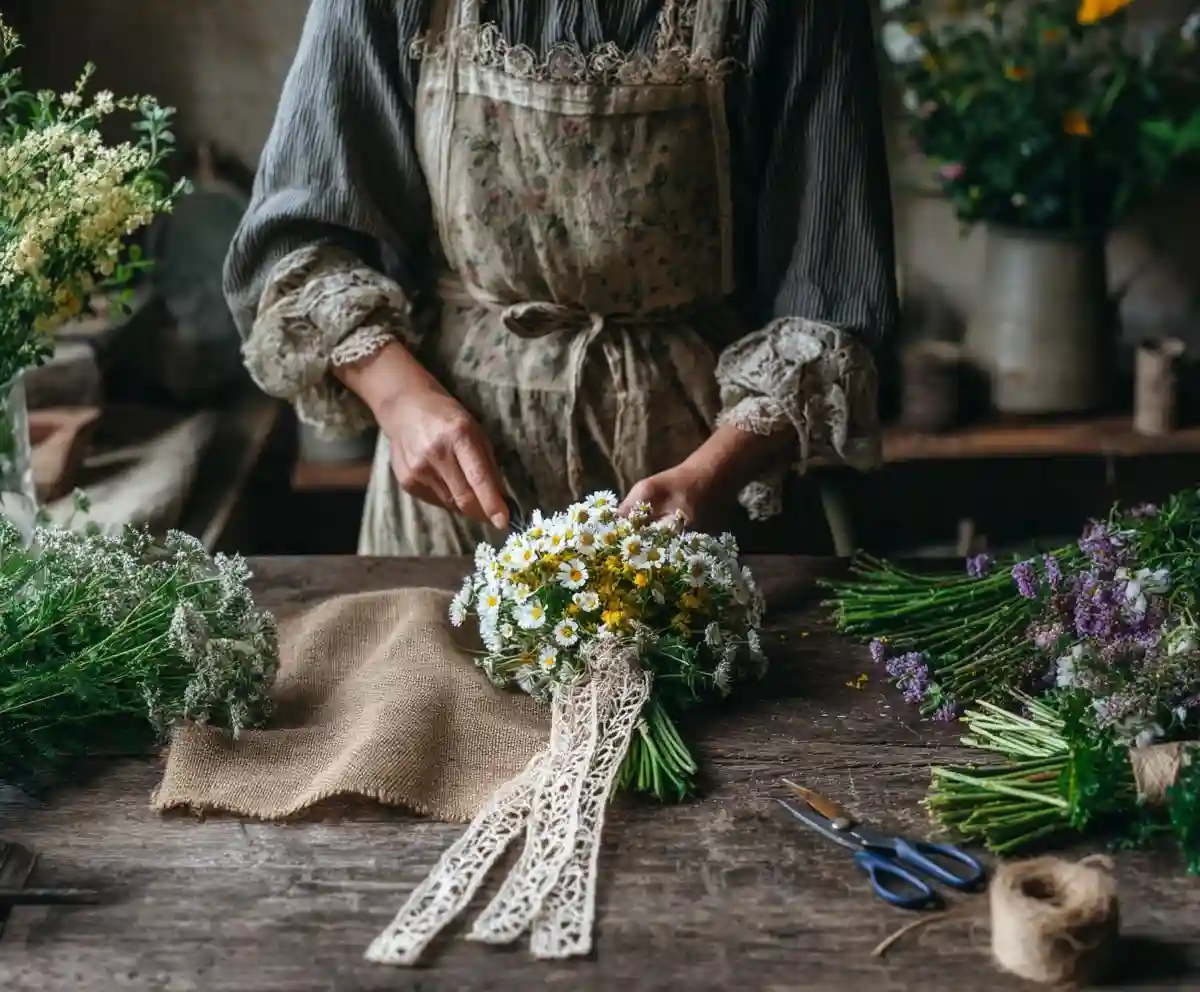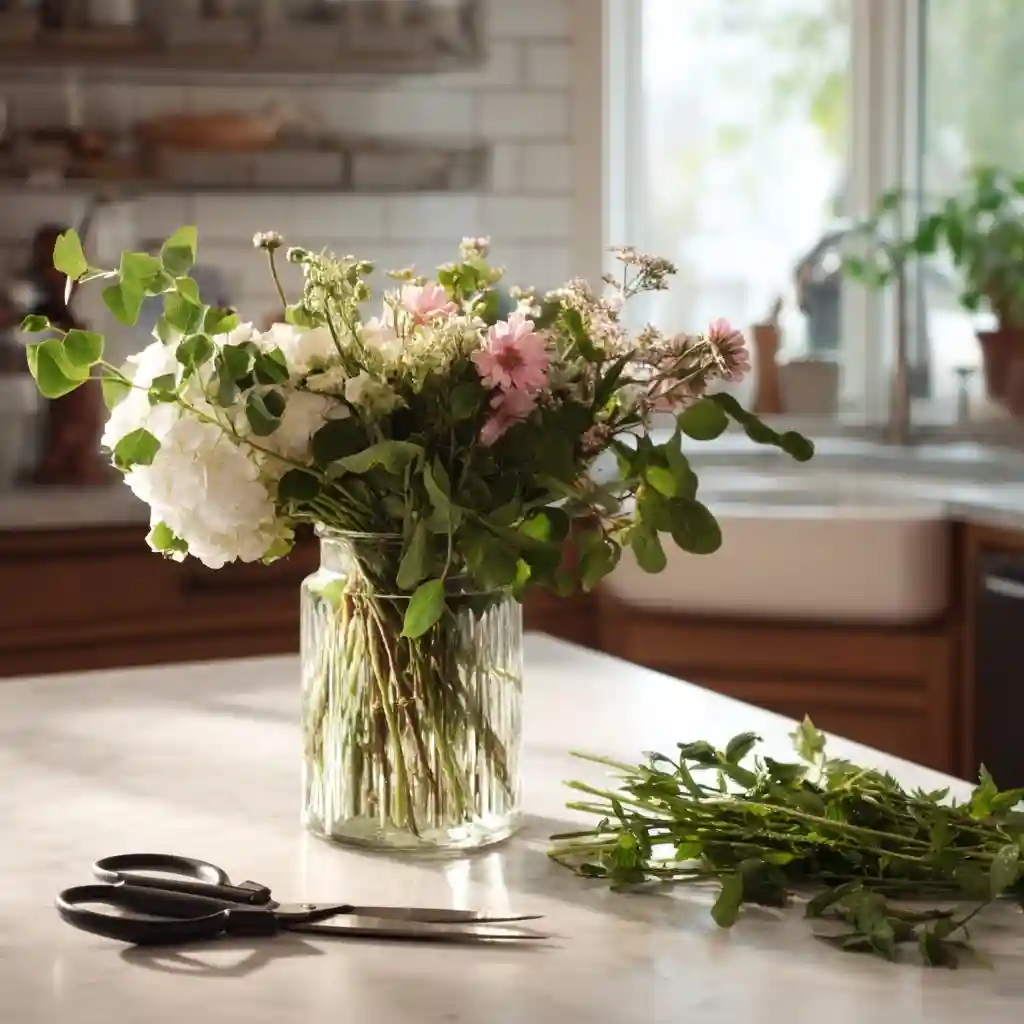How to preserve flowers is a question many home gardeners and flower lovers ask when the beauty of a fresh bouquet begins to fade. Whether it’s a romantic gesture, a bouquet from your garden, or flowers from a meaningful event, knowing how to extend their life allows you to hold onto those special memories a little longer.
Preserving flowers isn’t just about drying petals—it’s about choosing the right method for the type of flower, the purpose of preservation, and the look you want to achieve. From air drying and pressing to silica gel and wax methods, there’s a technique for every bloom and occasion. This guide covers the most effective ways to keep your flowers looking their best for weeks—or even years.
Table of Contents
Why Preserve Flowers?
Flowers carry emotional significance, beauty, and often mark special occasions. Preserving them allows you to:
- Keep sentimental memories alive — like a wedding bouquet, graduation flowers, or sympathy arrangements.
- Reduce waste — especially if you grow your own blooms and want to get the most from each harvest.
- Create handmade décor — pressed and dried flowers can be used in frames, candles, wreaths, and resin art.
By learning how to preserve flowers, you’re not only extending their life but also adding a personal touch to home crafts and gifts. Different preservation methods yield different results, so understanding your end goal helps determine which method works best for your needs.
Best Methods to Preserve Flowers
There’s no one-size-fits-all method when it comes to how to preserve flowers. Each technique works best for different types of blooms and final looks. Below are the most reliable and beginner-friendly ways to keep flowers looking fresh long after they’re picked.
Air Drying
Best for: Roses, lavender, statice, baby’s breath
Air drying is one of the oldest and easiest ways to preserve flowers.
How to do it:
- Remove excess leaves from stems.
- Gather flowers into small bunches and tie with string.
- Hang upside down in a dry, dark, and well-ventilated room.
- Leave undisturbed for 2–3 weeks until fully dry.
Tip: Choose blooms that are just past their peak for best results. Too fresh and they may wilt; too old and petals may fall off.
Pressing
Best for: Daisies, pansies, ferns, cosmos
Pressing works beautifully for flat flowers or petals, and it’s perfect for crafting or framing.
How to do it:
- Place the flower between parchment or blotting paper.
- Insert between heavy books or use a flower press.
- Leave for 1–2 weeks.
- Once completely dry, seal in a frame or scrapbook.
Tip: Avoid bulky flowers, as they don’t press well and may mold.
Silica Gel Drying
Best for: Peonies, zinnias, tulips, chrysanthemums
Silica gel helps retain more of the flower’s original shape and color. It’s ideal for blooms you want to preserve in 3D.
How to do it:
- Place flowers upright in an airtight container.
- Gently pour silica gel around and over the flowers.
- Seal the lid and leave for 5–7 days.
- Remove flowers carefully and brush off excess crystals.
Tip: Use reusable silica gel for a more eco-friendly option.
Microwave Drying
Best for: Quick results with small flowers like violets or daisies
Microwave drying speeds up the silica gel method for those in a hurry.
How to do it:
- Place flowers in a microwave-safe container with silica gel.
- Microwave on low for 1–3 minutes, checking in between.
- Let cool for 24 hours before removing.
Warning: Always monitor closely to avoid overheating or burning petals.
Wax Dipping
Best for: Roses and camellias
While not as common, dipping flowers in wax preserves them with a soft, glossy finish.
How to do it:
- Melt paraffin wax in a double boiler.
- Let wax cool slightly (should be warm, not hot).
- Dip flowers quickly, holding them by the stem.
- Hang upside down to set.
Tip: This method is more decorative and best for short-term display.
How to Choose the Right Method for Your Flowers

Understanding how to preserve flowers starts with matching the right technique to the flower type and your end goal. Not every method works for every bloom, so consider the following when making your choice:
Flower Thickness and Moisture Level
- Thin, flat flowers (like pansies and ferns) are ideal for pressing.
- Thick, moisture-rich flowers (like peonies or roses) need silica gel or air drying to avoid mold.
- Delicate petals are best preserved quickly—try microwave drying to maintain their shape and color.
Final Use or Display
- Framing or journaling? Use pressing for flat results.
- Bouquet display? Air drying or silica gel keeps flowers intact.
- Crafts or DIY projects? Choose a method that matches your medium—resin casting pairs well with silica-preserved blooms.
Available Time and Tools
- Limited time? Microwave drying is fast.
- No special materials? Air drying or pressing using household items is cost-effective.
- Looking for vibrant colors? Silica gel preserves both shape and hue better than air drying.
Choosing the right preservation method ensures your flowers don’t just survive — they stay beautiful in form and color, ready for long-term display or memory keeping.
Flower Preservation Tips for Best Results
No matter which method you choose, success in how to preserve flowers often comes down to timing, handling, and environment. Here are the most effective tips to improve your results:
1. Pick Flowers at the Right Time
Harvest flowers in the morning after the dew dries but before full sun exposure. Choose blooms that are just opened—not too tight, not fully mature.
2. Prep Flowers Properly
- Strip off excess leaves from stems.
- Trim stems at an angle for better air circulation (especially for drying).
- Pat petals dry gently if they’re damp to prevent mold.
3. Avoid Direct Sunlight
Sun fades colors quickly. Always dry or store flowers in a cool, dark space for the best preservation of color and shape.
4. Use Desiccants Wisely
If using silica gel, ensure flowers are spaced apart and completely covered. A sealed container is critical to trap dryness and avoid moisture exposure.
5. Be Patient
Rushing the process can damage blooms or lead to incomplete drying. Leave flowers undisturbed during pressing or drying—moving them too early can ruin delicate petals.
6. Store or Display with Care
Once preserved, flowers should be kept away from humidity, direct heat, and bright light. If framing, use UV-protective glass. For arrangements, dust gently using a soft brush or air blower.
Creative Ways to Use Preserved Flowers
Once your flowers are perfectly preserved, don’t let them sit in storage. There are dozens of beautiful and practical ways to incorporate them into your life and decor.
1. Framed Art
Press and frame flowers in minimalist glass frames or alongside keepsakes like wedding invitations. Group multiple blooms for a botanical gallery wall.
2. Resin Crafts
Embed silica-preserved flowers in resin to make coasters, jewelry, bookmarks, or keychains. It’s a stunning way to preserve both color and dimension.
3. Handmade Cards
Pressed flowers add a personal touch to thank-you notes, sympathy cards, or holiday greetings. Use acid-free glue and card stock for best results.
4. Floral Wreaths
Air-dried flowers can be arranged into seasonal or event-specific wreaths. Combine with dried herbs or foliage for texture and fragrance.
5. Candle or Soap Making
Pressed petals and buds can be layered into handmade candles or soaps. Make sure the blooms are fully dry to avoid moisture issues during crafting.
6. Memory Boxes
Create a keepsake box that includes preserved flowers from weddings, funerals, graduations, or baby showers alongside photos and mementos.
Conclusion
Knowing how to preserve flowers gives your cherished blooms a second life. Whether you’re saving a bridal bouquet, making handmade gifts, or simply enjoying the beauty of nature longer, choosing the right method and handling flowers with care ensures lasting results.
Try a few techniques to see what suits your style and purpose best. With the right timing, materials, and a little patience, you’ll have preserved flowers that remain as meaningful as the day they were picked.
🌿 Love gardening inspiration? Follow me on Pinterest for bold plant ideas, tips, and seasonal color!
More Posts
